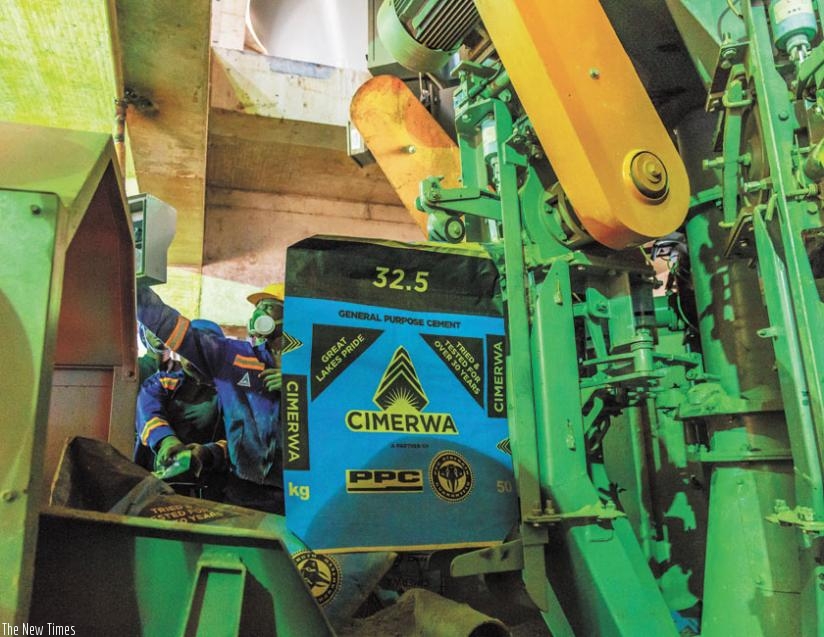Power supply challenges that have plagued the industrial sector for long could finally be fixed after government unveiled a plan that will help strengthen the power distribution network and reduce wastage.


Power supply challenges that have plagued the industrial sector for long could finally be fixed after government unveiled a plan that will help strengthen the power distribution network and reduce wastage.
Jean Bosco Mugiraneza, the Rwanda Energy Group chief executive officer, said the plan will involve strengthening and upgrading power transmission lines and other facilities along the distribution network to match the existing generation capacity.
"It also seeks to ensure consistency and stability in supply,” he said.
He said the energy body has already signed funding agreements with European Union and World Bank to finance renovation of all distribution lines and power stations in Kigali.
"This will help stabilise power supply in Kigali, but most importantly transfer more voltage to Bugasera District,” he said.
This should reduce challenges like power cuts and insufficient supply that manufacturers have been complaining about.
Mugiraneza explained that the current power cuts are due to the dry spell the country is experiencing, which has resulted into reduction in water levels at Nyabarongo I power plant.
He added that poor distribution lines and increased power demand, especially during peak hours, were also forcing the utility to load shed some areas.
"However, we are presently looking for ways to solve these challenges to ensure stable and reliable power supply across the country,” Mugiraneza said.
"We had focused a lot of attention on generation and access, but we are now coming to address infrastructure challenges that we hope will be fixed soon.”
"When customers don’t have power, we also lose… Therefore, ensuring reliable power supply is a win-win situation for all of us.”
A few months ago, manufacturers launched a study to look into the losses the sector is suffering as a result of insufficient power supply and high tariffs.
"We are currently compiling a report on the extent of damage incurred that we will present to the Energy Development Corporation for solutions, and possibly ask them to compensate us,” Anne Rwigara, the Rwanda Manufacturers Association (RAM) secretary general, said.
Christophe Barthelemy, the managing director of Phoenix Metal Company, a mineral smelter, said the problem is how the power is managed.
"There is need to put in place a concrete plan to manage power more effectively to allow stability and consistency in the manufacturing sector.”
Juvenal Rutaganda, the operations manager, Cimerwa, a cement maker, said low power supply is costing the manufacturing sector dearly.
"Unreliable power supply means we have to resort to other alternative sources of energy, like imported heavy fuel oil, which is expensive,” Rutaganda recently told this publication.
Industrialists pay Rwf96 per unit during the day, and Rwf126 per unit at night, which they say is high.
Rwanda’s current installed power capacity is 160MW, another 70MW is expected to come on line from various plants before end of 2015. Government targets to raise the country’s power generation to 563MW by 2017.
Projects like the Kivuwatt (25MW), Gishoma peat plant (15MW) and Giggawatt solar power plant (8.5MW), are expected be connected onto the national grid this year.
The government is also working on power lines to import 30MW from Kenya expected by the end of 2015, and another 400MW from Ethiopia by 2018.
Government has also allocated Rwf135 billion to the energy sector to increase electricity supply to support the industrial sector under its power rollout plan.
The money will be used for infrastructure development, upgrading the current distribution network and increasing the country power generation capacity.
business@newtimes.co.rw


